The Oreo
My stomach growls as I watch the clock ticking for lunch. The red hand ticks away until it reaches 12:00. Finally. It’s lunchtime. All sixth graders like me are rushing to the multi-purpose room to finally eat and then play out on the field. On my way to the multi-purpose room, a Hispanic girl decided to stop me and say, “You’re such an Oreo!”
Two things went through my mind. One, what the heck is an Oreo? And two, why did this girl think she had the audacity to come up to me, and say that?
I learned pretty quickly what it meant after I was called an “Oreo” a few more times on the playground. It was because I talked and acted “white”, but my complexion didn’t fit that narrative.
As one of the few black kids at my middle school, I was subject to two wars at school. Talking to the white kids, I was sometimes deemed as “too black” to hang out with them. To say why I was too black for them is a reason I’m not sure of, but it primarily comes from a stereotype.
However, it became clear later that I would face this challenge with black kids, too. To them I was “too white.” My life as a suburban black girl with two college-educated parents doesn’t fit the stereotype. My own likes and dislikes didn’t match up to theirs.
This created a division in my own identity where I didn’t fully belong in any group. Rather, I was an alien for my own likes and dislikes. I became hesitant to talk to the black kids in my class in fear of being mocked, and just didn’t stand a chance with the white kids. The avoidance primarily from the black kids made me feel alone in situations such as hair, racial issues and overall just a sense of community.
That crave for community continued into high school. It wasn’t until I attended the African American Leaders of Tomorrow Program. This program was a four-day long residential summer program that is held on the campus of California State University, Dominquez Hills (CSUDH) for leadership training and workshops on topics such as the legislative process and civic engagement. I took the opportunity because it seemed like something to do over the summer. It was also just a chance to maybe meet more black kids like me.
That summer when I attended the conference, I felt that common anxiety of being an Oreo. However, I quickly met two kids there. It began with “Hi’s” and “How are you’s” as usual. But somewhere down the road, we began to talk about the aches and pains of AP classes and favorite animes. Beyond our likes and dislikes, I even got to learn about other kids that went to a predominately white school and was labeled the “Oreo.”
It was eye-opening to me, to see so many black kids with similar interests and didn’t care how I talked or my background. For the first time, I felt connected and comfortable with my community. From this experience, I didn’t care about how others viewed me.
The term “Oreo” is a term that’s rooted in racist stereotypes to put black individuals in a box. Black individuals are not a monolith of the same experience, rather we, like everyone else, are uniquely different. Some black individuals like punk. Some like rap. Some live in poor areas. Some live in the suburbs. There is no “right way” to be black. Rather, being black is a self-indicator in addition to your other characteristics.
Now, in no way shape or form is it wrong if you are a black person that does follow some of these stereotypes – as I said there’s no “right way” to be black. Because at the end of the day, we ourselves are all a part unique community that face similar problems.

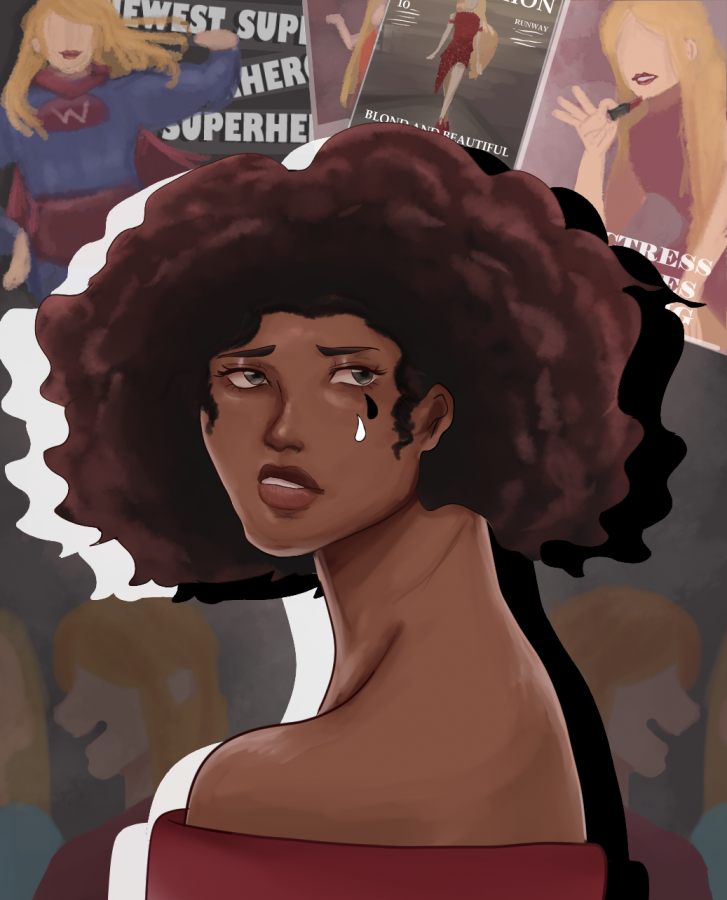

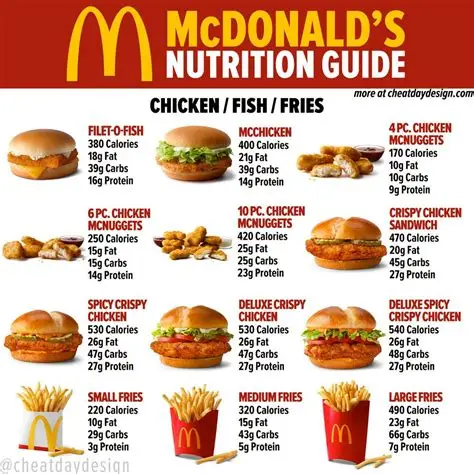
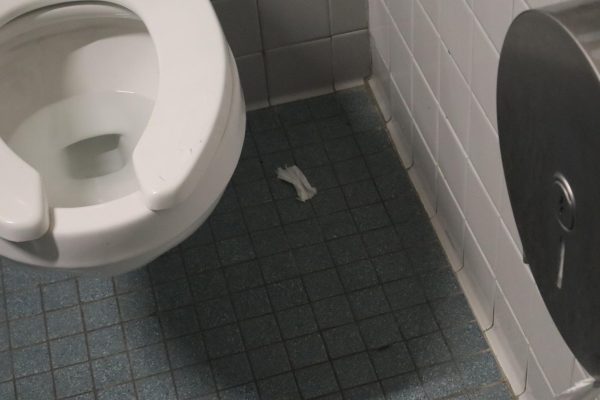
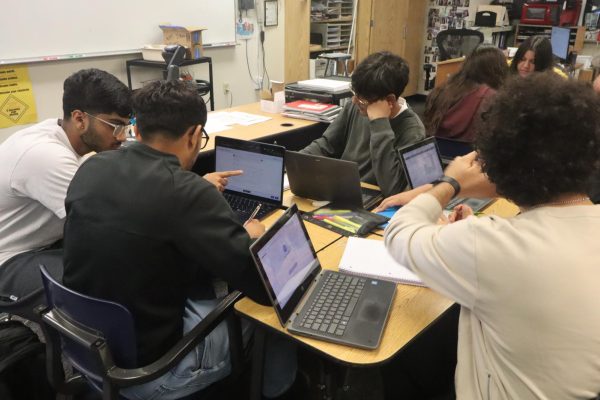
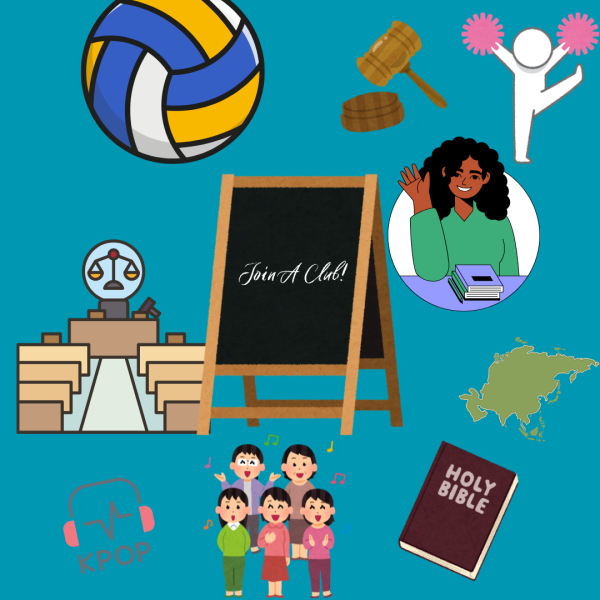
Carolyn Judd • Feb 10, 2023 at 9:45 pm
I have 2 great-neices, now in their 20’s, who are half black/half white and grew up in Manteca. When they were in high school I asked if they had any harrassment for being half and half and they said no.
In the 1970’s me and another white friend were at a black friend’s home for a small party. One person asked if I felt like an Oreo and I replied I wasn’t hungry. Everyone laughed because what they meant was, did I feel like an Oreo because I was white surrounded by black. 🙂